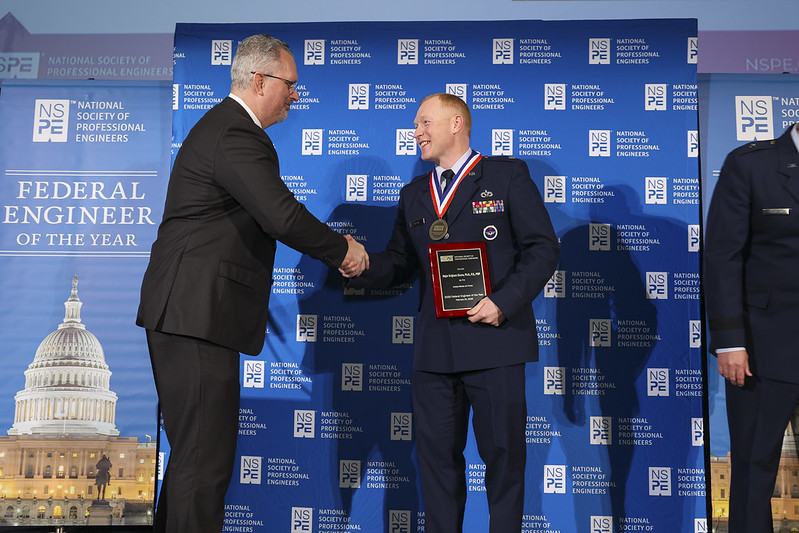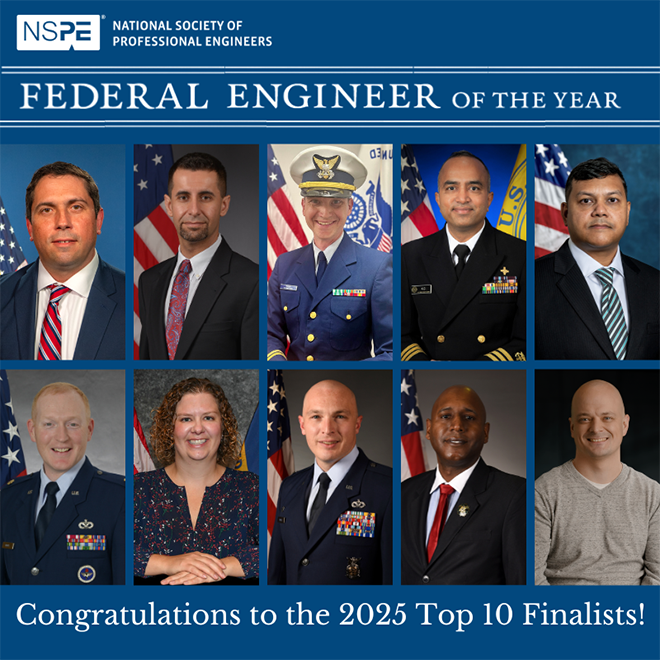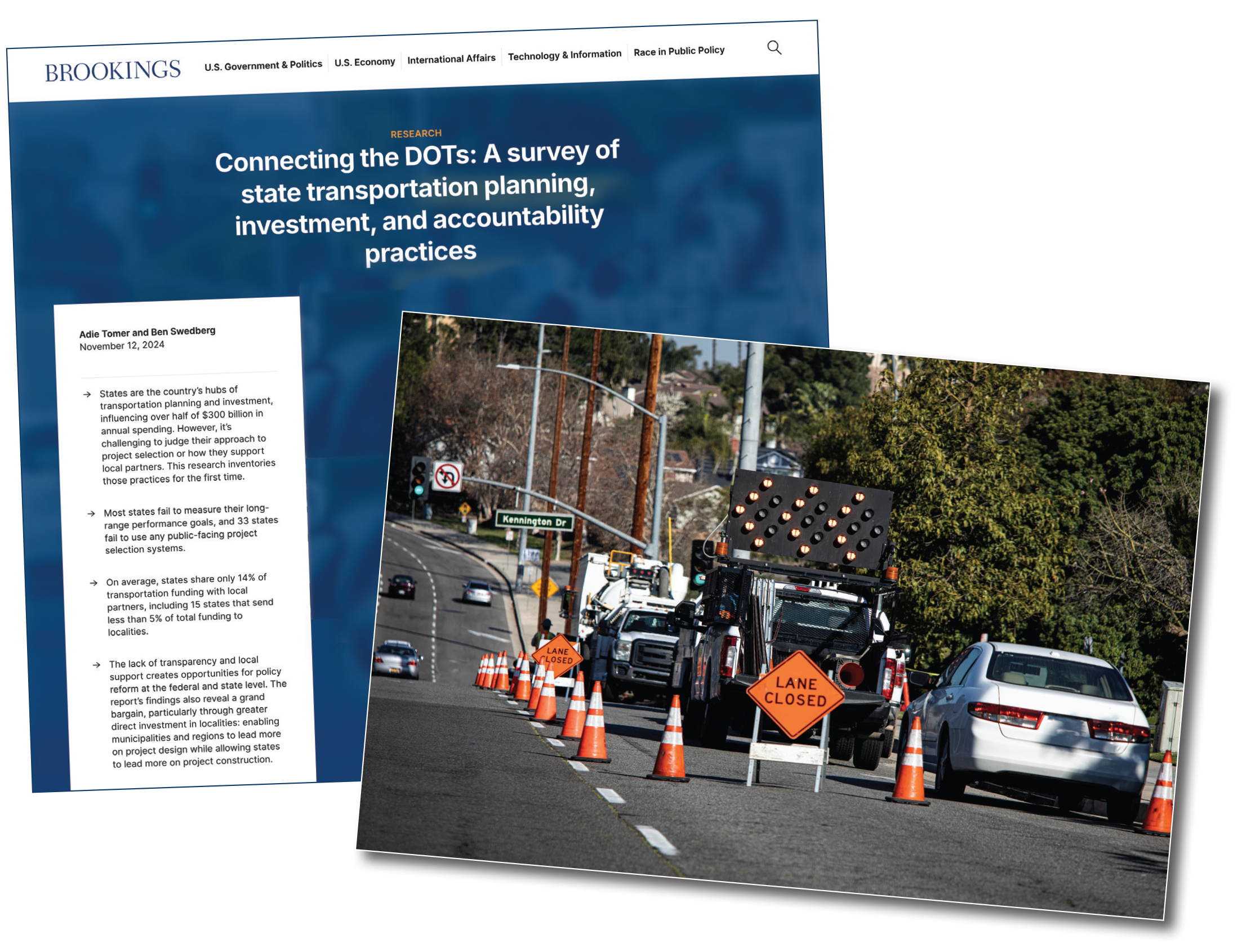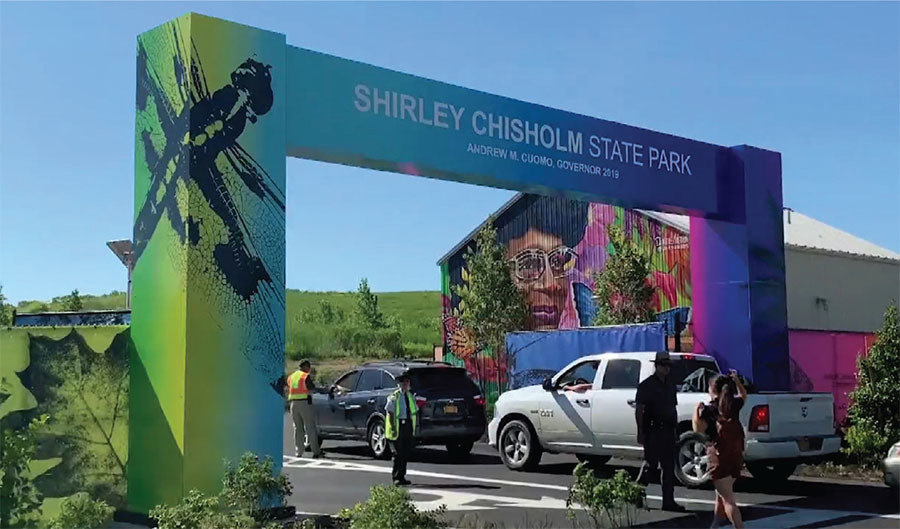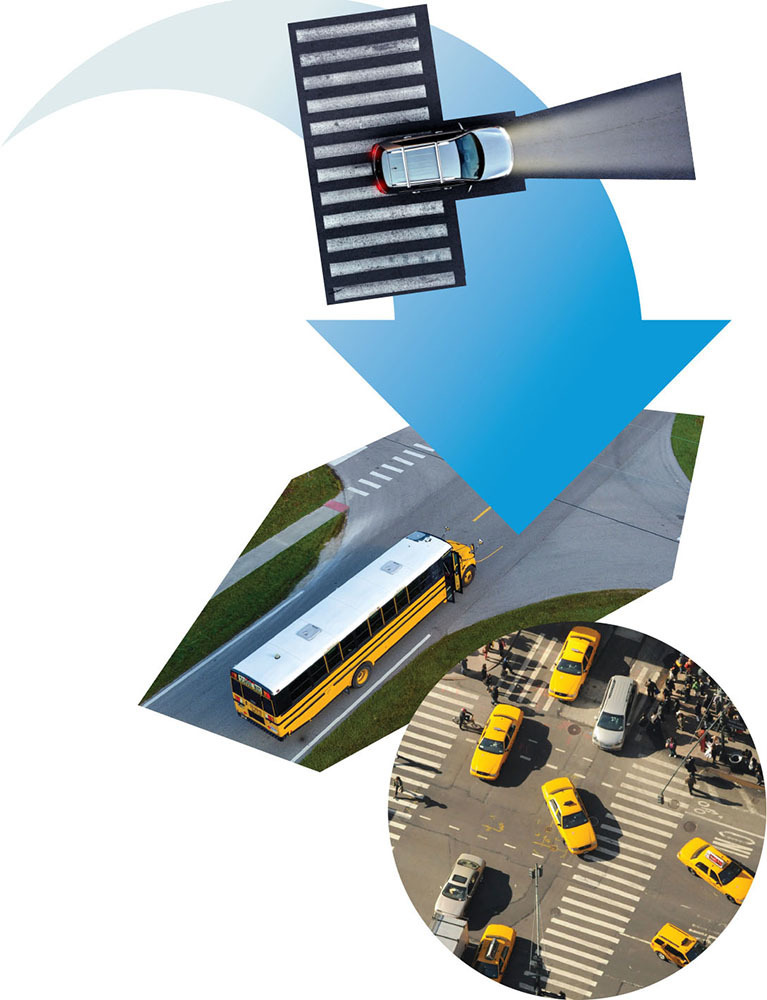September/October 2019
Communities: Government
Communicating to the Public With a Visual ‘Voice’

IMAGES FROM THE 3D MODELS OF WSDOT’S FIRST DIVERGING DIAMOND INTERCHANGE
ALL: WSDOT VISUAL ENGINEERING RESOURCE GROUP
When the Washington State Department of Transportation decided to build its first diverging diamond interchange, the agency knew the innovative project would require a proactive and innovative communication strategy. WSDOT launched a virtual public involvement initiative that used unique visual communication techniques for stakeholder engagement and consent gathering.
Virtual public involvement, an innovation supported by the Every Day Counts partnership between the Federal Highway Administration and state and local transportation agencies, uses digital tools to inform people about, and encourage participation in, transportation planning and project development. For the Interstate 5–State Route 510 project, WSDOT used a range of virtual public involvement methods, including project visualizations, videos, project websites, and digital polling on topics such as users’ aesthetic preferences, along with meetings and open houses, to share knowledge with and engage the public.
The aim was to convey “what’s coming and why,” says WSDOT Visual Engineering Resource Group (VERG) Manager Kurt Stiles. The challenge, as with many infrastructure projects, was to demonstrate what’s in it for drivers, impacted business owners, and other road users.
VERG collaborated with WSDOT’s Olympic Region communications team to determine the communication requirements and goals. A big challenge was that the diverging diamond interchange, designed to improve safety and reduce congestion, would be the first of its kind in Washington.
Through three-dimensional computer-aided design modeling, VERG provided an immersive virtual environment to display the project. Shadows can be changed to reflect the time of day. Varied skylines can be inserted and the weather can be adjusted with the season. Trees and other vegetation can be added, too. With this type of powerful natural environment modeling, infrastructure projects can be placed in the correct context, which adds tremendous value when explaining the intricacies of the design.
“VERG provides a ‘visual voice’ and, as such, needs to provide products and productions quickly and effectively,” says Stiles. “Our workflows are rooted in civil engineering, but we also work with commercial architects, urban planners, and landscape architects—all those disciplines that bring us the built environment.”
VERG used the 3D model to generate many products, including still-image renderings, animations, and shadow studies. “Working with the engineering design software is only half the solution,” says Stiles. “The remainder is in how those 3D design surfaces are represented, how they are shown in the context of where they will exist once constructed.”
Campaigning With Visuals
The interchange campaign began as a grassroots effort in which the WSDOT communications team sent videos to and held one-on-one meetings with stakeholders, and posted videos online. The team also hosted open houses at two schools to discuss how the interchange would impact drivers and pedestrians, and show videos illustrating its benefits.
The “Diverging Diamond Interchange Comes to Washington State” video proved to be a key component of the strategy. With more than a million views, it convinced many cross-sections of the public, and government and commercial bodies, of the value of retrofitting the interchange into a DDI. Today, after more than a year of showings, the video is still being used to communicate project goals.
Now that the DDI is under construction, VERG is using that 3D model of the project in even more applications. VERG built driving and user scenarios that were deployed through websites and other forms of social media. A new video provides motorists with a driver-seat view of navigating through the detours during construction.
This visual communication process was successful for WSDOT, Stiles says, and provides an example of how other states can incorporate virtual public involvement into projects. “A state DOT can build their own civil stories, keep up with and manage project expectations, and for the most part, lead the conversations that get projects built,” he says.
This article is reprinted with permission from the Federal Highway Administration’s May/June 2019 Innovator.
More
Access the Q+A with Stiles on the importance of visual communication and best practices.


 Volunteering at NSPE is a great opportunity to grow your professional network and connect with other leaders in the field.
Volunteering at NSPE is a great opportunity to grow your professional network and connect with other leaders in the field. The National Society of Professional Engineers (NSPE) encourages you to explore the resources to cast your vote on election day:
The National Society of Professional Engineers (NSPE) encourages you to explore the resources to cast your vote on election day: